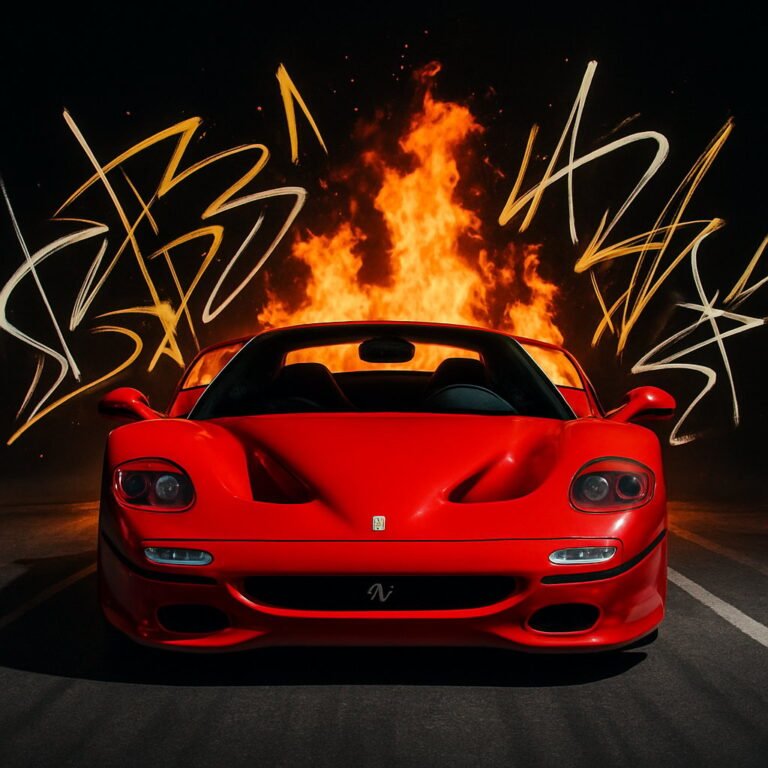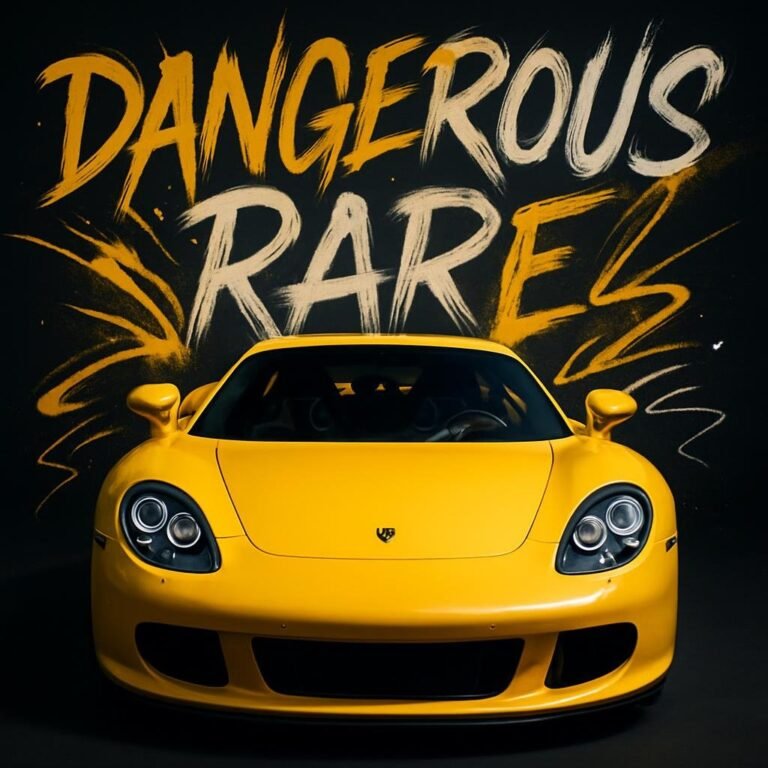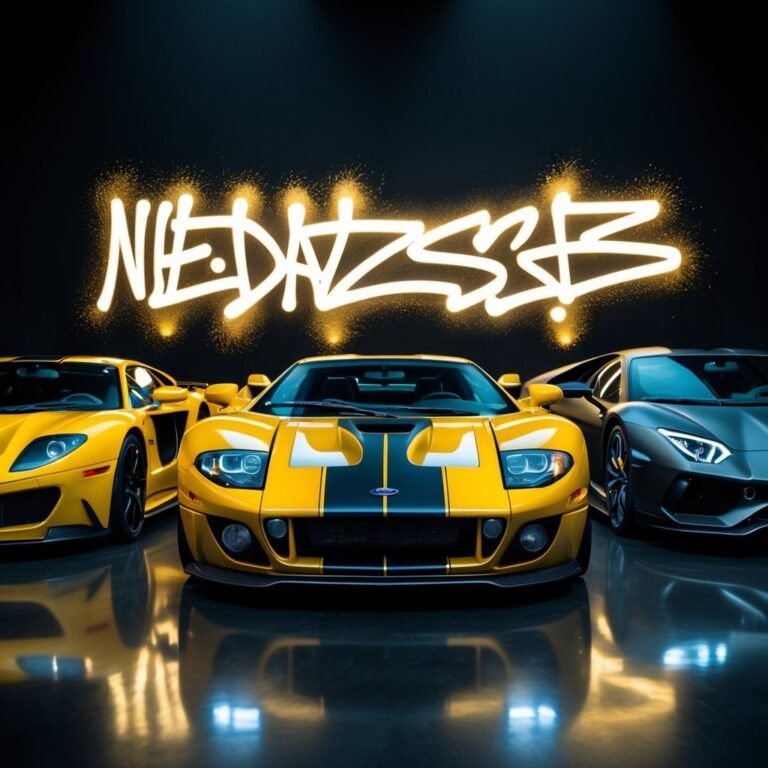The Bugatti Veyron: How VW Lost Money on Every One and Why
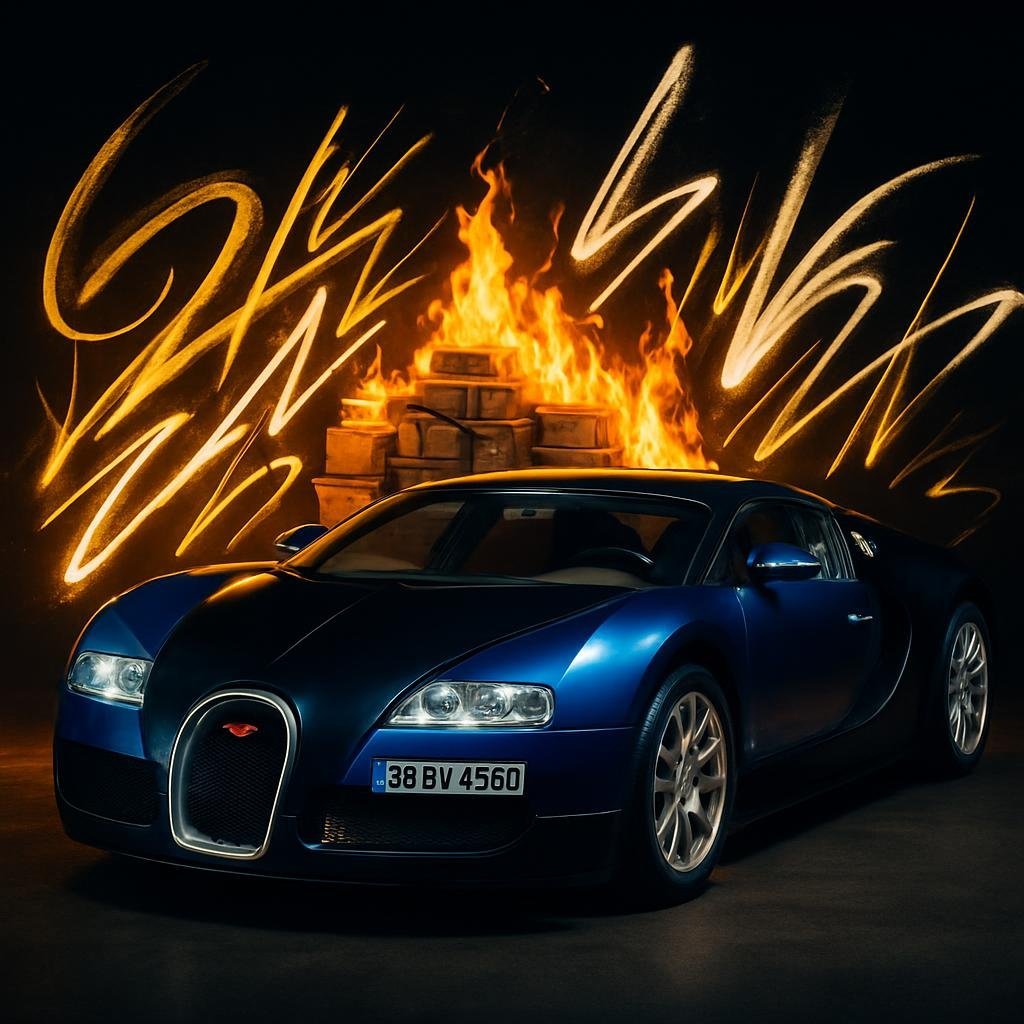
The Bugatti Veyron is a legend—a supercar that broke records and turned heads everywhere. But let’s be real: it was also one of the most spectacular financial disasters the auto industry has ever seen.
Volkswagen lost about $6.25 million on every Bugatti Veyron sold, even though each car had a sticker price of $1.2 million.
How does that even happen? The Veyron was a technological marvel that shattered speed records and redefined what a car could be, but the costs? They spiraled out of control.
VW poured an estimated $1.62 billion into research and development. They basically had to invent new tech for everything—engine, brakes, you name it.
With just 450 Veyrons ever built, there was no way to spread out those wild upfront costs across enough cars to break even.
So, was the Bugatti Veyron a loss for VW? Absolutely. But the story’s more nuanced than just red ink on a ledger.
The Veyron became a rolling billboard for VW’s engineering prowess. It was a moonshot—a bold, almost reckless flex that elevated the whole Volkswagen Group, even as it drained their wallet.
The Story Behind the Bugatti Veyron’s Financial Losses
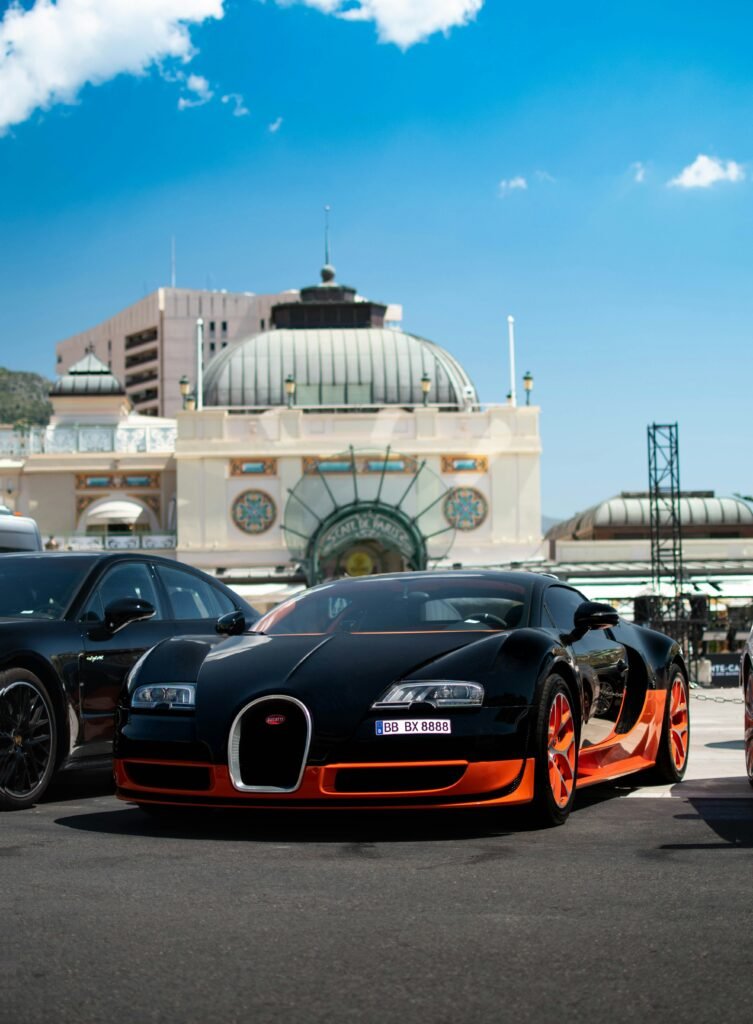
So, how much did Volkswagen lose on each Bugatti Veyron? A cool $6.25 million per car, according to analysts.
This wasn’t just bad luck. VW’s ambitious takeover of Bugatti, sky-high development costs, and tiny production numbers all conspired to make the Veyron a money pit.
| Category | Estimated Cost (per car) | Source / Explanation |
|---|---|---|
| Research & Development (R&D) | ≈ $3.6 million | Based on Volkswagen’s reported $1.6 billion total investment, divided across 450 units. See HotCars. |
| Materials & Components | $1.3–$1.8 million | Estimated cost of bespoke parts and raw materials, according to Jalopnik and CarThrottle. |
| Labor & Assembly | ≈ $0.4–$0.6 million | Each Veyron was hand-built at Bugatti’s Molsheim facility, requiring thousands of hours of skilled craftsmanship—similar to other ultra-luxury vehicles. |
| Marketing, Logistics & Support | ≈ $0.2–$0.4 million | Estimated share of global promotional campaigns, customer support, and distribution costs. See Business Insider. |
| Total Estimated Cost per Veyron | $5.9–$7.4 million | Matches analyst estimates from Jalopnik and HotCars, which report VW lost roughly $6.25 million per car sold for ~$1.2 million. |
Volkswagen Group’s Ambitious Acquisition
Back in 1998, Volkswagen Group scooped up Bugatti, hoping to revive the iconic French marque.
They wanted a “halo car”—something to show off their engineering chops. From the jump, VW knew they’d take a loss on each Veyron.
But for them, it wasn’t about profit. The Veyron was supposed to be a technical showcase, a way to prove they could build the world’s fastest production car.
Of course, that meant throwing mountains of cash at new tech and manufacturing processes. The expectations were sky-high.
Research and Development Costs
The Veyron project was pure ambition. Engineers faced challenges nobody had ever solved before.
Volkswagen poured billions into R&D just to chase those record-breaking numbers. It wasn’t just expensive—it was almost absurd.
- Turbocharging tech for the quad-turbo W16 engine? Check.
- Advanced aerodynamics for stability at 250+ mph? Absolutely.
- Lightweight materials to keep the beast from ballooning? Had to.
- Cooling systems to tame the insane heat? Essential.
Fun fact: DSG transmission tech came straight out of the Veyron project. Some of these innovations trickled down to other VW models, which helped justify the spend—sort of.
Low Production Volume and Limited Economies of Scale
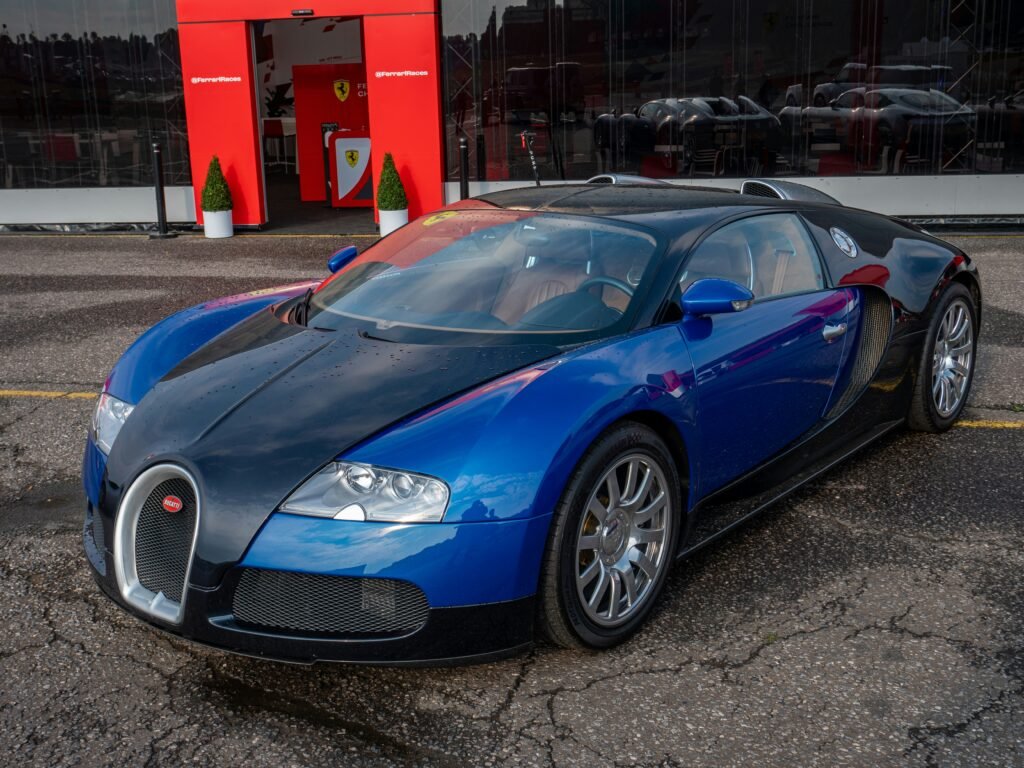
Here’s the kicker: Bugatti only made 450 Veyrons over a decade. That’s a drop in the ocean compared to mainstream cars.
With a price tag hovering between $1.2 and $1.7 million (depending on the version), you’d think they’d be rolling in cash. But analysts say VW lost millions on every single sale.
The hand-built process didn’t help. Each car took weeks of meticulous assembly and testing. Even special editions with sky-high prices couldn’t plug the financial hole.
Engineering Excellence and Record-Breaking Achievements
Let’s not forget: the Bugatti Veyron was a technical tour de force. It set new standards for speed, power, and pure audacity.
The car’s heart and soul? That monstrous W16 engine. The numbers still boggle the mind.
W16 Engine and Technical Innovations
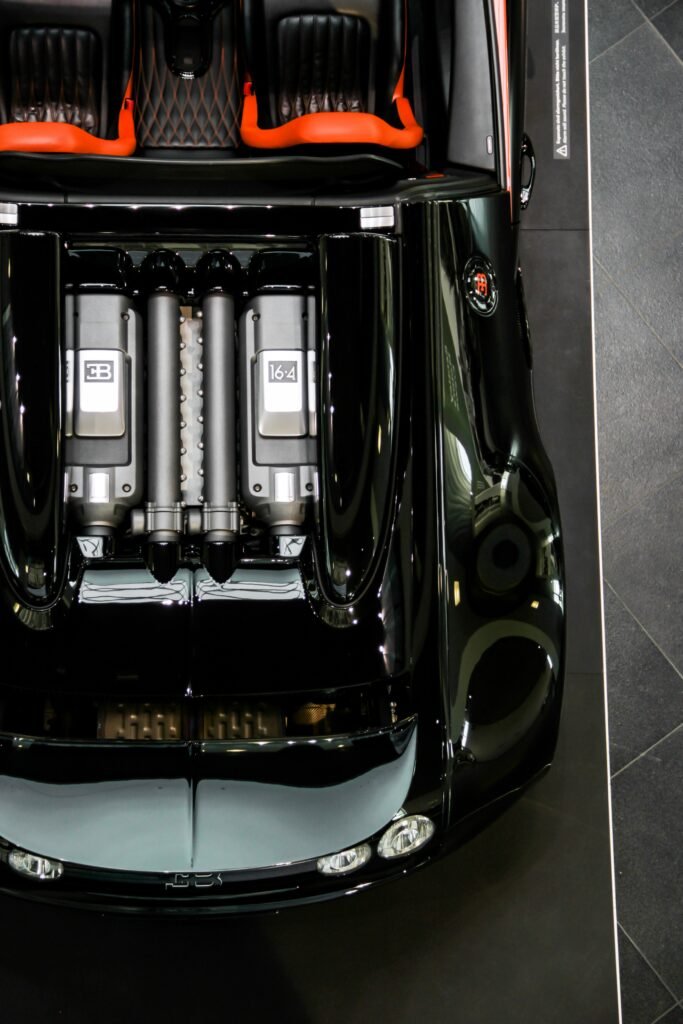
At the core, you had an 8.0-liter W16 engine—four turbos, over 1,000 horsepower, and 1,500 Nm of torque. It’s almost cartoonish.
Think of it as two V8s fused together. That clever design packed ungodly power into a surprisingly compact block.
But with that power came heat—lots of it. Specialized radiators and air intakes became a necessity just to keep things from melting down.
Fuel injection and computer systems made sure the beast delivered power smoothly, no matter the speed. The Veyron’s engineering changed the game for hypercars everywhere.
Fastest Production Car Milestones
The Veyron didn’t just talk the talk—it walked the walk. It officially hit 407 km/h (253 mph), and test driver Uwe Novacki proved it wasn’t just hype.
Zero to 100 km/h in 2.5 seconds? That’s the kind of acceleration that makes your stomach drop.
Later versions, like the Super Sport, pushed things even further—topping 430 km/h and cementing the Veyron’s legend.
All that speed needed some wild aerodynamics. Engineers built active spoilers and air brakes that adjusted on the fly, keeping the car glued to the road and stopping on a dime.
Hand-Built Manufacturing and Custom Components
Every Veyron was basically a work of art. Skilled technicians hand-assembled each car, spending weeks on every detail.
Most parts were custom, built just for the Veyron. Hardly anything was shared with other VW models, which sent costs soaring.
The car used carbon fiber and titanium to keep weight under 2,000 kg. Those materials needed special techniques and obsessive quality control.
Brakes? Forget off-the-shelf. Engineers had to design unique discs and calipers that could survive repeated stops from insane speeds.
Between 2005 and 2015, Bugatti made just 450 Veyrons in 25 different versions. With such low volume, there was no hope for economies of scale.
Profit Strategies, Special Editions, and Legacy
Volkswagen tried to claw back some losses with limited editions and ultra-premium options. In the end, the Veyron became more of a legend than a cash cow.
Special Editions and Attempted Cost Recoup
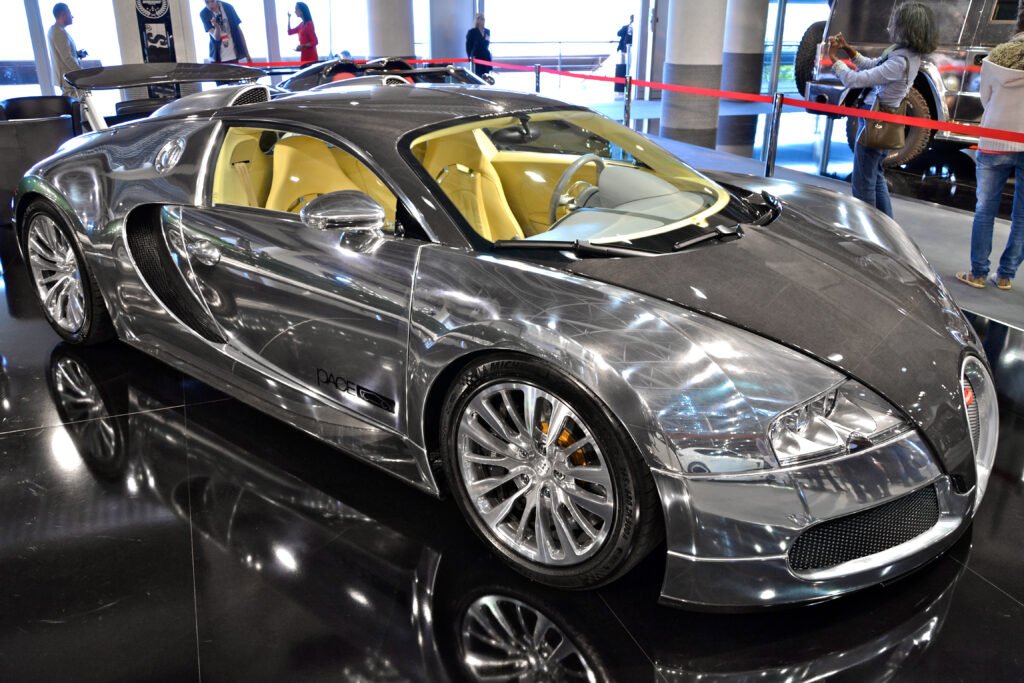
Bugatti rolled out a bunch of special edition Veyrons, hoping to soften the financial blow. Did it work? Not really, but it helped a little.
Some editions were pure exclusivity. The Veyron Fbg Par Hermès? Only four made, dripping with Hermès luxury inside and out.
Other standouts:
- Pur Sang: Just 5 units, unpainted carbon fiber and aluminum.
- Sang Noir: 12 units, jet black with exposed carbon.
- L’Or Blanc: Porcelain details from Berlin’s Royal Porcelain Factory.
- Villa d’Este: Four cars in historic racing colors.
Some limited editions fetched over $10 million. Still, even those couldn’t make the project profitable.
The Halo Car Phenomenon
The Veyron wasn’t about making money—it was about making a statement. It was VW’s moon landing.
VW used the Veyron to flex their engineering muscles across all their brands. The tech and buzz trickled down, adding value in ways you can’t measure with spreadsheets.
The car’s mythos and media coverage did more for VW’s image than any ad campaign ever could. Sometimes, prestige is priceless—or at least, it’s worth a few billion in losses?
Transition to Bugatti Chiron and Lessons Learned
VW didn’t just lick their wounds. They took the Veyron’s hard lessons and funneled them into the Bugatti Chiron.
Production got smarter, not just fancier. Chiron’s price better matched the real cost to build it—finally, some financial sense!
They also got strategic about limited runs and customization, baking exclusivity in from the start instead of scrambling to fix losses later.
The Veyron put Bugatti at the top of the hypercar mountain. That reputation let them ask higher prices and, for once, see some black ink on the books.
Final Words
The Bugatti Veyron was never about profits—it was Volkswagen’s moonshot, a showcase of what engineering can achieve when there are no limits. Every car came with staggering costs, but also unmatched innovation and prestige. With only 450 ever made, the Veyron remains a symbol of audacity, speed, and craftsmanship—a financial headache that left a legendary mark on automotive history.
Thanks for reading! If you enjoyed this deep dive, be sure to subscribe to my email list for exclusive car reviews, insider tips, and weekly special offers on car parts, auctions, and gear — perfect for any car enthusiast.
And don’t forget to read related posts for more great content!
Frequently Asked Questions
The Veyron’s economics still baffle car fans and finance nerds alike. VW lost $6.25 million per car—and yet, the cars sold for $1.2 million each. How is that even possible?
Why did Bugatti incur losses on the production of the Veyron?
The real cost behind the Bugatti Veyron? Development and production expenses were off the charts, way beyond what customers paid.
VW had to create new tech from scratch: the W16 engine, complex brakes, and a wild cooling system with 12 radiators.
Making only 450 cars meant the gigantic R&D bill got split too thin. That’s the economic reason the Bugatti Veyron lost money, plain and simple.
What were the production costs of a single Bugatti Veyron?
Okay, let’s just dive right in. If you ever wondered, “how much does it cost to make a Bugatti Veyron?”—brace yourself: each one set Volkswagen back about $7.45 million when you factor in the jaw-dropping development costs.
Yet, they sold each Veyron for just $1.2 million. That’s not a typo. The math isn’t pretty—it meant VW lost about $6.25 million per car.
So, why did the Bugatti Veyron production cost vs selling price look so lopsided? It’s all about the engineering. The Veyron’s 8-liter W16 engine pumped out a wild 1,001 horsepower, but getting there took years of obsessive testing and mind-bending refinement.
And then there’s the build process. Each Veyron was hand-assembled with techniques that bordered on artistry, using only the most premium materials. It’s like building a Swiss watch—except it’s a car that could outrun a jet on the autobahn.
How many Bugatti Veyrons were produced in total?
VW and Bugatti didn’t flood the market. They built exactly 450 Veyrons during the entire run, which kicked off in 2005 and lasted several years. That’s less than the population of a small town.
Why so few? Scarcity equals exclusivity. Bugatti aimed to keep the Veyron in a league of its own, especially as rivals started catching up in the hypercar arms race.
To soften the blow from those epic losses, Bugatti rolled out special edition variants—think higher price tags, wild features, and collector-bait branding. Did it help? Maybe a little, but not enough to turn the tide.
What is Bugatti’s overall financial strategy despite the Veyron’s losses?
Here’s the twist: was the Bugatti Veyron a loss for VW? Absolutely. But VW didn’t just see red ink—they saw opportunity. The Veyron was their moonshot, a rolling laboratory that let them flex their engineering muscles and chase the impossible.
Technologies born in the Veyron’s crucible trickled down to other Volkswagen Group brands. All that research and wild experimentation? It didn’t just vanish—it seeped into Audis, Bentleys, and even Volkswagens you might see on your street.
VW’s strategy behind the Veyron was bold. They didn’t expect profit. Instead, they wanted to cement Bugatti as the ultimate luxury performance icon. Call it a loss leader or a halo car, but it’s hard to argue with the drama of it all.
How does the profitability of the Chiron compare to the Veyron?
Now, here’s a mystery: the Chiron. Bugatti keeps the financials close to the vest, so the real cost behind the Bugatti Veyron’s successor is a bit murky. Did they learn from the Veyron’s economic black hole? You’d hope so.
The Chiron borrows a lot from the Veyron—same basic bones, evolved tech, and a familiar engine architecture. That’s smart. It trimmed down development costs this time around.
Plus, Bugatti upped the production numbers for the Chiron. More cars on the road means the company can spread those costs out, which is a classic move in the automotive world. Maybe the Chiron’s not a cash cow, but it’s probably not the same financial sinkhole as its big brother.
What are the main factors that led to the financial losses on the Veyron model?
Massive research and development costs really set the tone here. Volkswagen poured $1.62 billion into the Veyron, chasing innovations that most automakers wouldn’t dare dream up.
That’s a mountain of cash for any car, but especially for one so rare. With just 450 Bugatti Veyrons ever built, the numbers just didn’t add up—each car had to shoulder a staggering chunk of those R&D expenses.
Let’s talk dollars and sense: the Bugatti Veyron production cost vs selling price was wildly out of sync. Even with a sticker price north of $1.2 million, the real cost behind the Bugatti Veyron dwarfed what buyers paid.
So, was the Bugatti Veyron a loss for VW? Absolutely. The economic reasons Bugatti Veyron lost money come down to the sheer ambition and exclusivity of the project.
Honestly, it’s almost poetic. VW’s strategy behind the Veyron was to create the ultimate halo car, no matter the cost. But as a business move? It’s a classic example of how passion projects can defy financial logic.
If you’re curious how much does it cost to make a Bugatti Veyron, estimates float between $2.4 million and $6 million per car, depending on how you slice the numbers. That’s before you even factor in the Bugatti Veyron development cost explained by all those wild engineering feats.
In the end, the Bugatti Veyron project financial analysis reads like a cautionary tale. Why Bugatti Veyron wasn’t profitable isn’t a mystery—it’s a reminder that sometimes, chasing perfection means burning through cash faster than a quad-turbo W16 can burn fuel.

